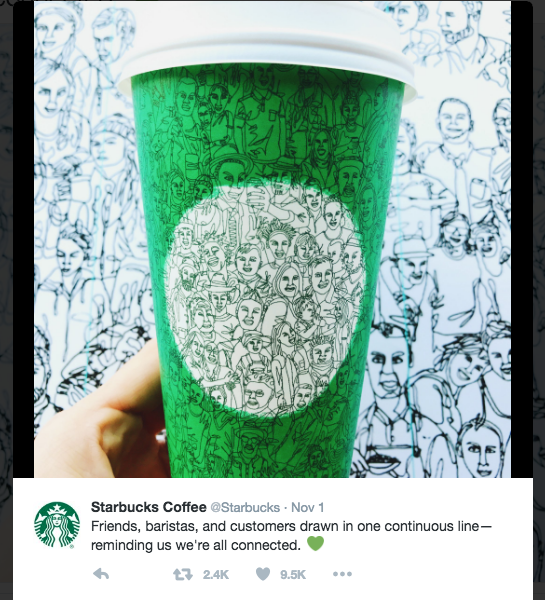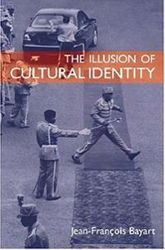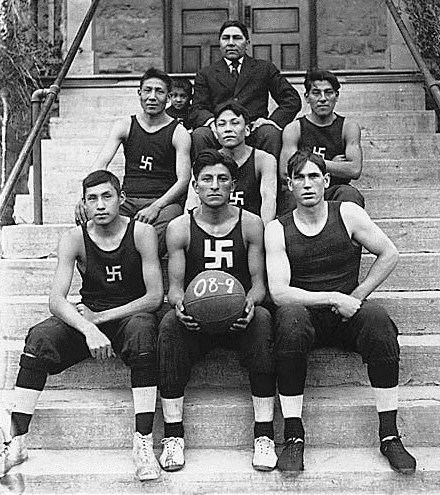 Exciting news from Edge member Matt Sheedy: his new book Owning the Secular: Religious Symbols, Culture Wars, Western Fragility (Routledge, 2021) has just been published!
Exciting news from Edge member Matt Sheedy: his new book Owning the Secular: Religious Symbols, Culture Wars, Western Fragility (Routledge, 2021) has just been published!
From the Routledge site:
Drawing on theories of discourse analysis and ideology critique, this study calls attention to an evolution in how secularism, nationalism, and multiculturalism in Euro-Western states are debated and understood as competing groups contest and rearrange the meaning of these terms. This is especially true in the digital age as online cultures have transformed how information is spread, how we imagine our communities, build alliances, and produce shared meaning.
From recent attempts to prohibit religious symbols in public, to Trump’s so-called Muslim bans, to growing disenchantment with the promises of digital media, this study turns the lens how nation-states, organizations, and individuals attempt to “own” the secular to manage cultural differences, shore up group identity, and stake a claim to some version of Western values amidst the growing uncertainties of neoliberal capitalism.

 Today is Election Day in the United States. (If you have not voted yet, please take the time to do so if you are eligible, and then take the time to read this.) In the midst of this divisive election, when many of us have expressed strong disagreement with others over social media, if not in person, how do we restitch the social fabric in order to work together towards common goals despite all of the ways that we disagree with each other?
Today is Election Day in the United States. (If you have not voted yet, please take the time to do so if you are eligible, and then take the time to read this.) In the midst of this divisive election, when many of us have expressed strong disagreement with others over social media, if not in person, how do we restitch the social fabric in order to work together towards common goals despite all of the ways that we disagree with each other? I’ve written before about the curious relationship between form and content — and the manner in which (despite how we usually think about it) meaning is the product of the former.
I’ve written before about the curious relationship between form and content — and the manner in which (despite how we usually think about it) meaning is the product of the former. While not aiming to trivialize ongoing conflicts elsewhere in the world, I couldn’t help but make a connection between the above
While not aiming to trivialize ongoing conflicts elsewhere in the world, I couldn’t help but make a connection between the above 



 Read
Read  A
A 